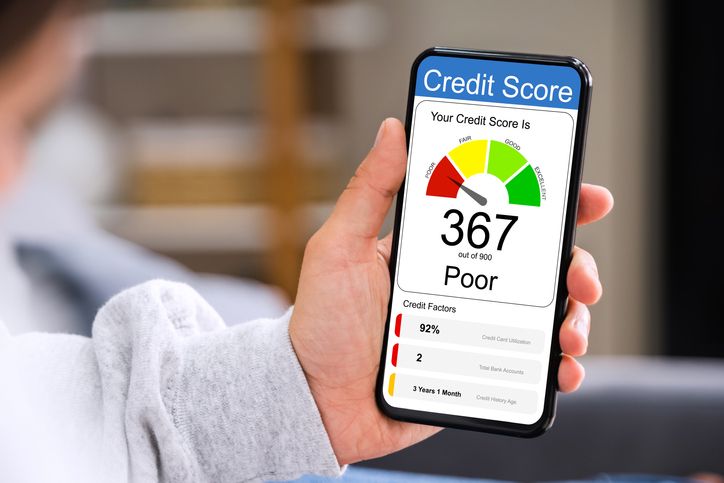Balancing Short-Term Needs with Long-Term Investments
Do you ever find yourself torn between addressing your immediate needs and planning for the future? Balancing short-term needs with long-term investments is a common struggle for many individuals and businesses. While it’s important to meet present obligations and goals, it’s equally crucial to prepare for the future and build a strong financial foundation. In this article, we will explore strategies to help you strike the right balance between short-term needs and long-term investments, ensuring financial stability and growth.
Understanding Short-Term Needs vs. Long-Term Investments
Before we delve into strategies for balancing short-term needs with long-term investments, let’s clarify the difference between the two. Short-term needs typically refer to immediate financial requirements, such as paying bills, covering expenses, or dealing with unexpected emergencies. On the other hand, long-term investments involve planning for the future by putting money into assets or projects that will yield returns over an extended period. Both short-term needs and long-term investments are essential components of a sound financial plan, and finding the right equilibrium between the two is key to achieving financial success.
Strategies for Balancing Short-Term Needs with Long-Term Investments
1. Establish clear financial goals: Determine your short-term needs and long-term investment objectives to create a roadmap for your financial decisions.
2. Build an emergency fund: Set aside savings to cover unexpected expenses and emergencies, allowing you to address short-term needs without disrupting your long-term investment plans.
3. Diversify your portfolio: Spread your investments across different asset classes to mitigate risk and enhance long-term growth potential.
4. Prioritize debt management: Pay off high-interest debt while also setting aside funds for long-term investments to improve your financial health.
5. Monitor and adjust: Regularly review your financial situation, assess your progress towards goals, and make necessary adjustments to stay on track.
Case Study: Balancing Act in Personal Finance
To illustrate the importance of balancing short-term needs with long-term investments, let’s consider a case study of Mark, a young professional. Mark earns a steady income but often struggles to save due to high living expenses. After encountering unexpected medical bills, Mark realizes the importance of having an emergency fund. By reevaluating his spending habits, prioritizing savings, and making strategic investments, Mark is able to achieve a balance between addressing immediate needs and securing his financial future.
The Significance of Striking a Balance
Successfully balancing short-term needs with long-term investments offers numerous benefits, including financial stability, peace of mind, and wealth accumulation. By effectively managing your finances, you can navigate unexpected challenges, seize opportunities for growth, and achieve your long-term goals. Remember, finding the right equilibrium between immediate needs and future planning is essential for sustainable financial success.
We are a leading digital reference platform for personal finance management tips and tools. From learning how to effortlessly track your cashflow and gain insights that’ll help you see easy opportunities to information on how to save and find the best deals and discounts we have you covered. Our categories include Budgeting, Job Hunting, Groceries, Credit Cards, Credit Scores, Home & Home Buying, Investing, Retirement Planning, Car Related, Medical Related and much more...












